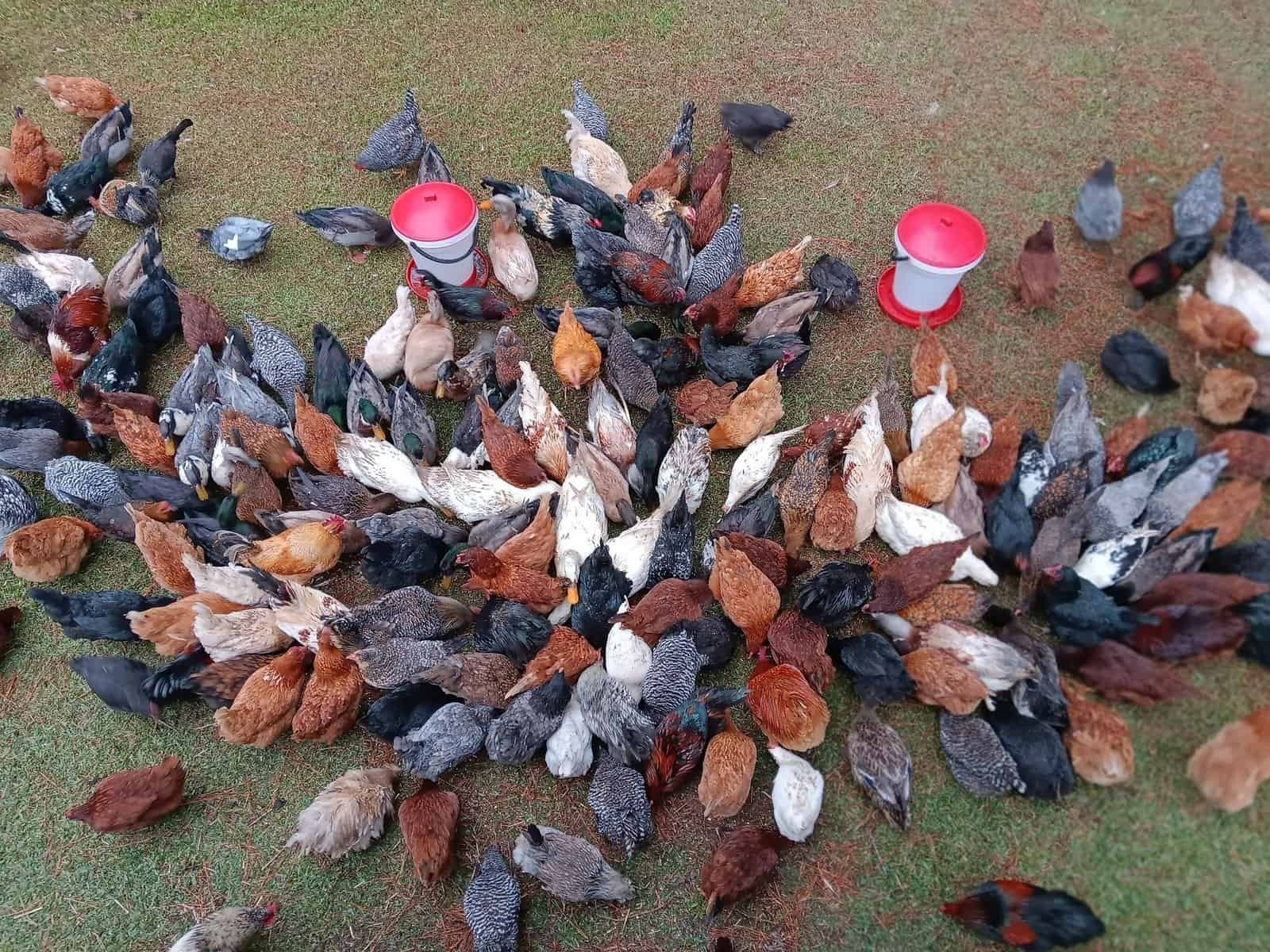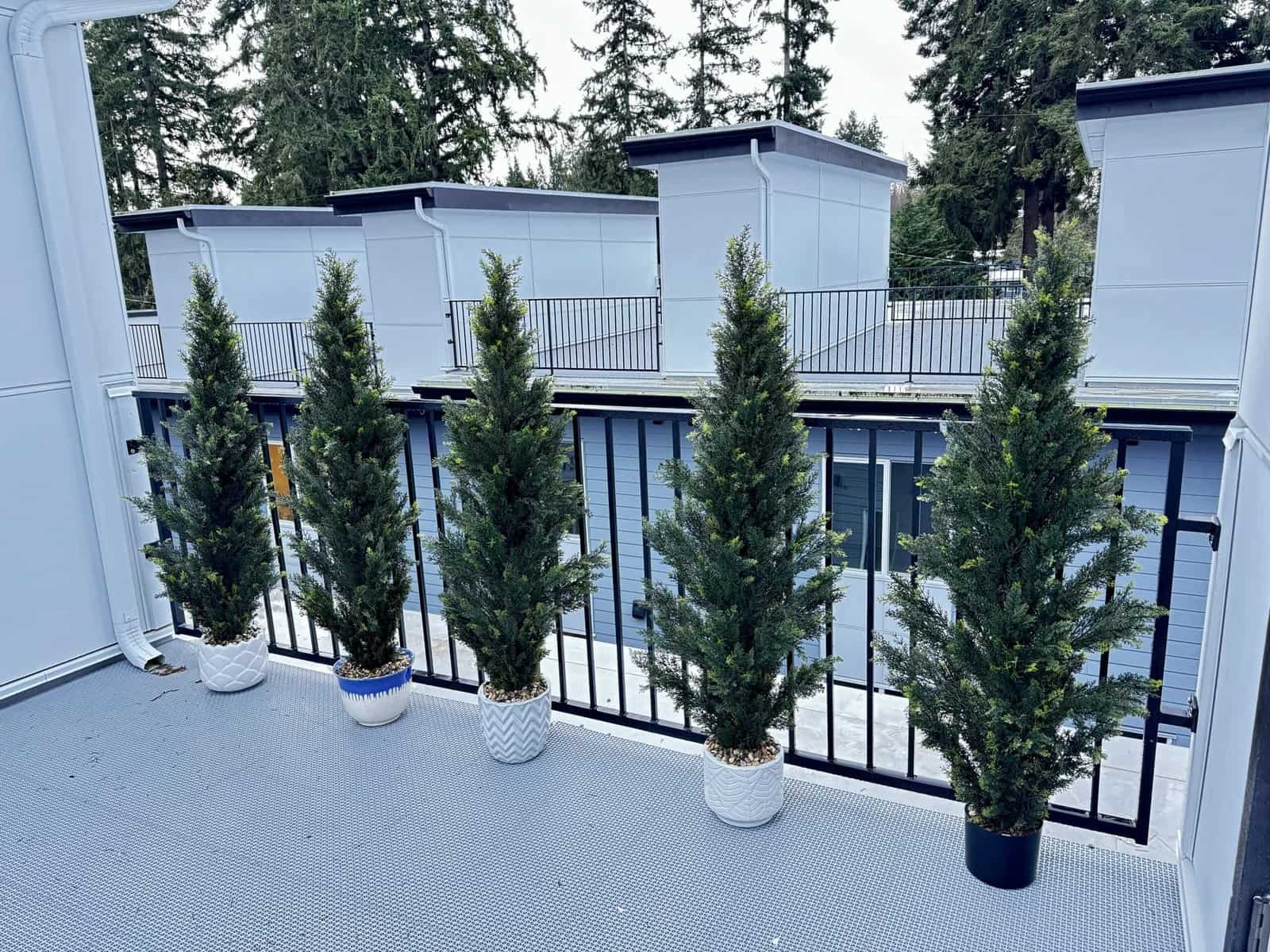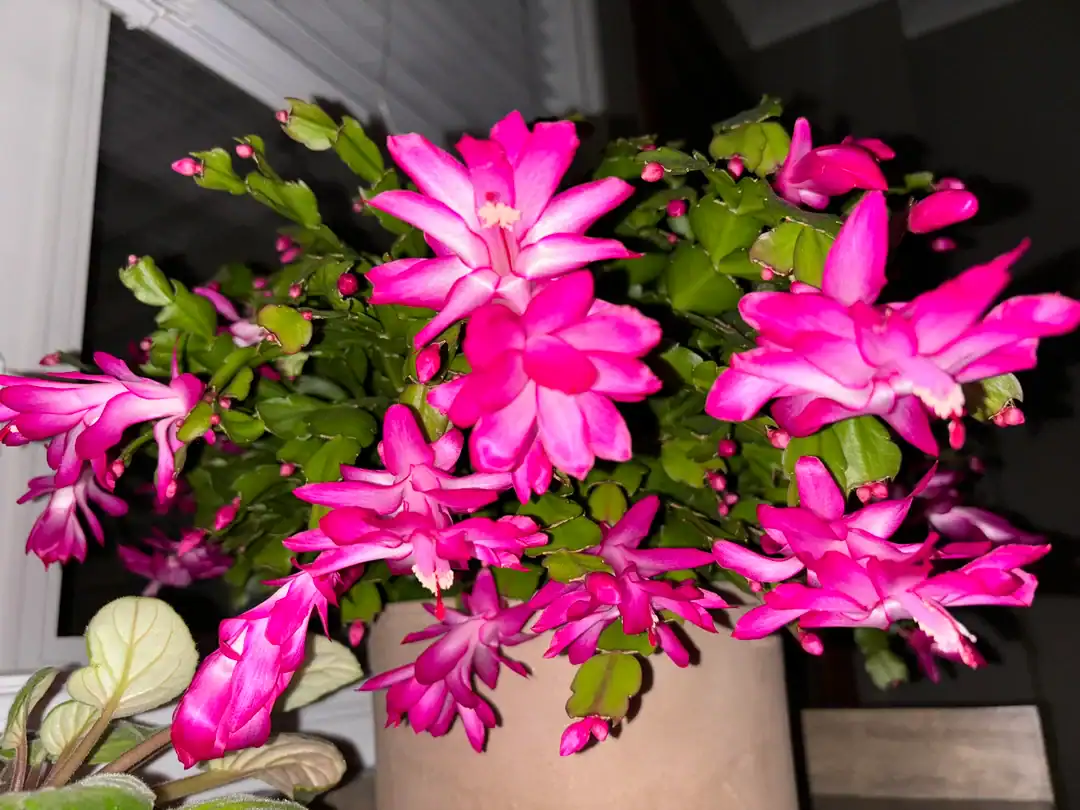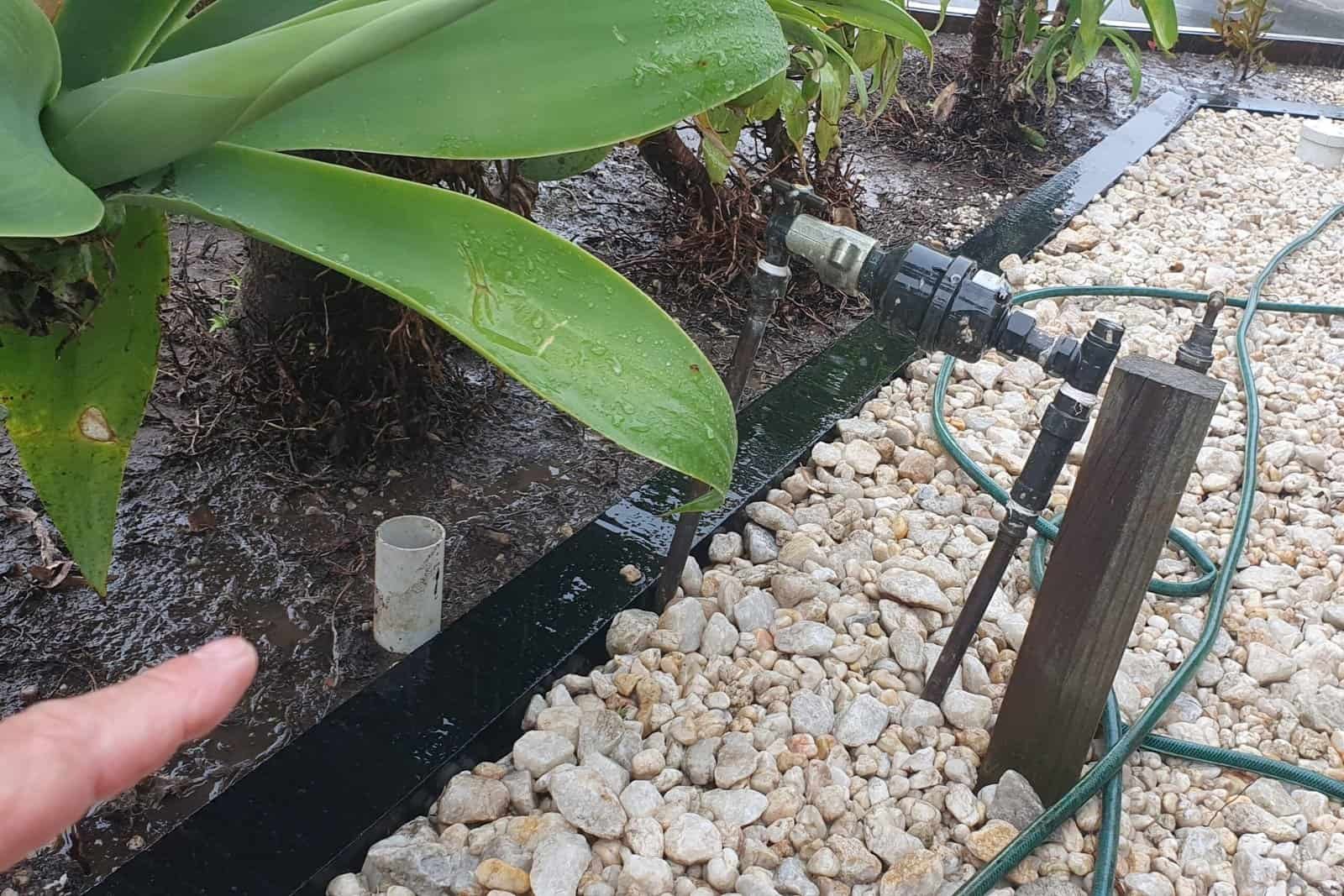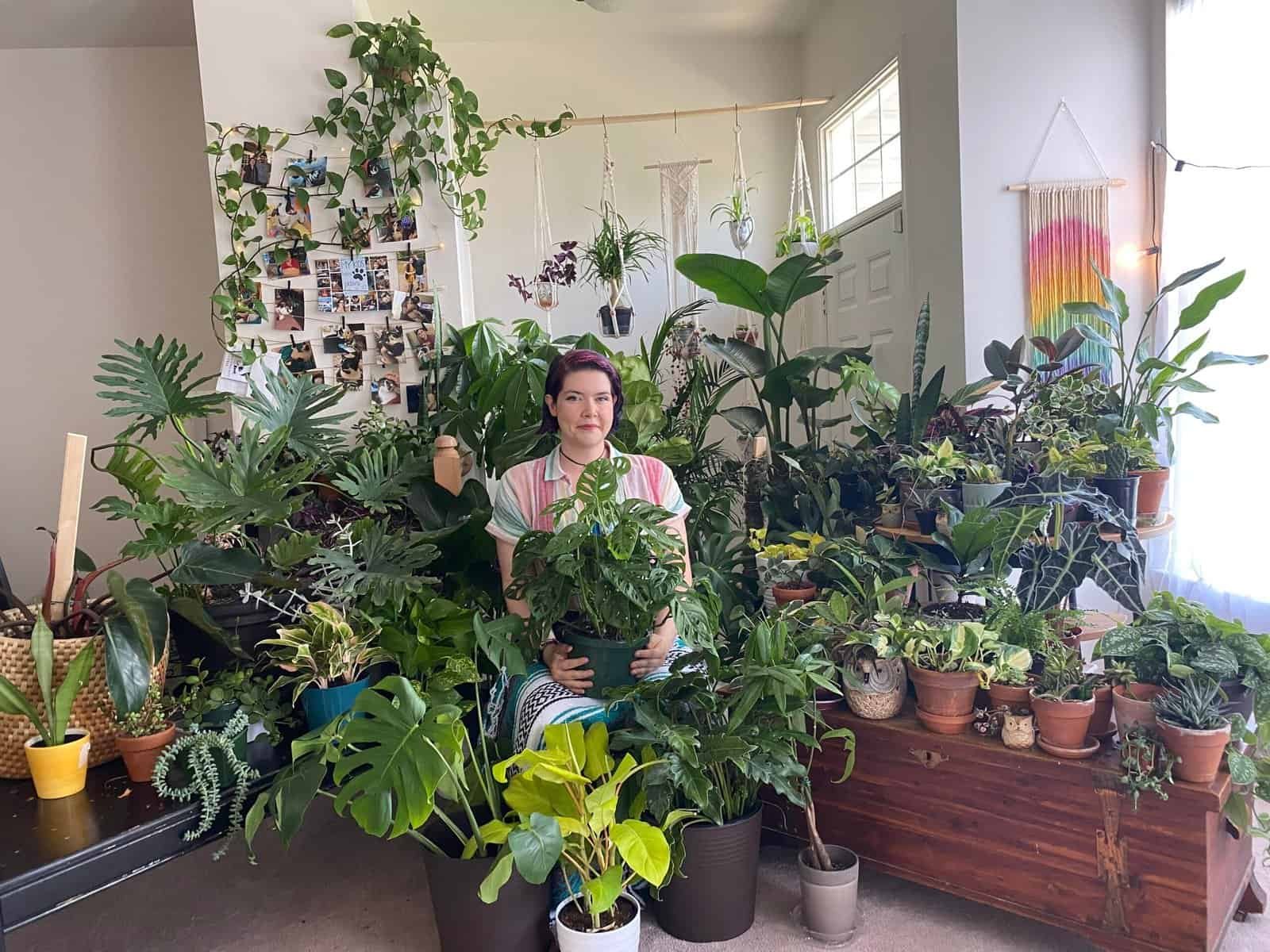Growing new plants from cuttings is one of my favorite gardening hacks! But sometimes, rooting takes forever, especially with longer stems or sensitive herbs.
That’s why I’m so excited to share this water-based rooting machine that I built myself. It’s a simple setup using a plastic box and some pipes, but it works like magic.
With this method, I can root branches much faster—and you can too!
Contents
- 1 Why This DIY Rooting Box Is a Game-Changer for Gardeners
- 2 Materials and Tools I Use
- 3 Step-by-Step Assembly of the Water Rooting Box
- 4 Improving the Box for Better Rooting
- 5 Adding Microbial Tea Bags for Extra Rooting Power
- 6 Final Setup and Prepping for Rooting
- 7 How I Root Cuttings with This Box
- 8 Transplanting Rooted Cuttings
- 9 In A Nutshell
Why This DIY Rooting Box Is a Game-Changer for Gardeners
Cuttings can be tricky, especially when they’re long or fragile. I needed a better way to root them that didn’t take weeks or lead to rotting.
Let me show you why this setup works so well.
Rooting Long Branches Easily
Some branches are just too long for small cups or containers. With this box, I can root 30–50 cm long branches without any problem. It’s flexible and suits short or long cuttings perfectly.
Microorganisms Do the Work
Another reason I love this system is that I can grow helpful microorganisms right inside the water. These microbes create a healthy environment that boosts rooting naturally.
It’s like giving your cuttings a little biological boost!

Materials and Tools I Use
Before we begin, let’s gather the items you’ll need. I used simple materials that I already had at home.
The Container and Tubes
This is what forms the structure of the whole system.
- A plastic box, about 22 cm tall and 33–34 cm wide

- PVC pipes:
- 3 tubes at 23 cm
- 3 tubes at 25 cm
- 3 tubes at 27 cm
- 3 tubes at 30 cm
- All pipes are roughly 5 cm in diameter
I like this staggered pipe setup—it helps me root various stem lengths at once.

Additional Supplies
Here’s everything else I use:
- Knife and drill
- A wood block (to drill on safely)
- Silicone
- Circulation pump (200 L/hour, 2W power)
- Compost or healthy soil
- Thin cloth (like old T-shirts)
- Elastic bands and string
- Some strong wire for hooks
Step-by-Step Assembly of the Water Rooting Box
Now comes the fun part—putting it all together! I take it one step at a time, and I’ll guide you just like I do in my garden.
Drilling the Lid Properly
The plastic lid is soft, so it’s easy to damage. I mark the holes first, spacing them 7 cm apart in all directions.

Then, I carefully make a central hole to guide my drill.

To avoid cracking, I place a wooden block underneath and drill slowly. I sand all holes after cutting so the pipes fit snugly and the lid stays smooth.

Inserting and Arranging the Tubes
I arrange the PVC pipes in a ladder pattern—from tallest to shortest. This helps me choose the right height depending on the plant cutting.

Once inserted, I sand the pipe edges to remove rough bits that could fall into the water. A clean finish really matters!
Perforating the Tubes
If the pipes stay closed, water won’t circulate well. So, I make 3 holes in each pipe—at 5 cm, 10 cm, and 15 cm—on both sides. This allows water to enter and flow freely around the stems.

Stabilizing the Setup
Because the lid is soft, the pipes might wiggle. To prevent that, I glue the pipes with silicone—first from the outside, then from inside the lid. This keeps them steady even when full of water.

Improving the Box for Better Rooting
Little adjustments make a big difference! Here are some extra steps I take to optimize results.
Holding Thin Cuttings in Place
Thin branches tend to slip or crowd together. So, I make cross-cuts on the tube tops and insert a thin wire hook through the holes.

I bend the wire on both sides, leaving just a bit of length. These hooks help me divide sections and hold delicate stems upright. Super handy!

Filling with the Right Water Level
I fill the box halfway or slightly more. This ensures the cuttings and pump are properly submerged. I don’t go too high—just enough to cover all parts involved in circulation.

Installing and Adjusting the Pump
The pump I use moves 200 liters per hour and consumes only 2 watts. There’s a small filter at the bottom and a flow control lever.
- Minus sign = low water flow
- Plus sign = high water flow
I usually set it close to the plus side, but not all the way. This gives strong movement without being too aggressive.

Before placing it inside, I test it to ensure it runs smoothly.

Then I silicone it into the box, leaving it 4–5 cm above the bottom. This way, any sediment won’t clog the pump. Clean water means healthy cuttings!

I also glue the cord and let it exit through a corner so the lid fits perfectly.

Adding Microbial Tea Bags for Extra Rooting Power
The secret sauce of this system? Microbes! I make little soil “tea bags” that stay in the water and feed all the organisms.
Making the Bags
Here’s how I do it:
- Scoop 1–2 tablespoons of soil or compost into a cloth

- Tie it up with an elastic band

- Secure with a hook or string so nothing spills
I make three of these bags.
Placing Them in the Water
To hang the bags, I bend a wire into a hook and hang them halfway into the water. At first, they float. But once they absorb water, they sink and release nutrients.
It works like steeping tea—only this time, it’s for your plants!

Water Quality Tips
If I have rainwater, I use that—it’s the best! But if I use tap water, I let it sit uncovered for 1–2 days to let the chlorine evaporate. Running the pump during this time helps speed it up.
Final Setup and Prepping for Rooting
Now that the box is assembled, it’s time to get it ready for action.
Setting It All Together
I place the soil bags and the PVC tubes around the pump. It’s important to space everything out so water circulates freely.

Once the pump runs, I start to see the water change color—darker at first, then a soft green. That’s a sign that the microbes are thriving!
Letting the Water Mature
I leave the system running for 3–4 days in the shade, with no direct sun. Black boxes attract too much heat, so I always go for white or light-colored containers.
This helps stabilize temperature and keeps the water oxygen-rich.

How I Root Cuttings with This Box
Now that the system is live, I start adding cuttings! Here’s exactly how I prep and place them.
Prepping Each Cutting
A good cut is the key! I make a very diagonal, slanted cut to expose more xylem so the water can enter easily. For herbs like rosemary, I strip the lower leaves.
If there are flowers, I cut them off—plants root better without them.

Best Plants for Rooting in Water
Here are the plants I root most often:
- Rosemary
- Oregano
- Watercress
- Melons and watermelons
- Cucumbers and other cucurbits
- Jasmines
- Chinese rose
- Bougainvillea
- Succulents
- Chili peppers
I make sure to submerge the node (where the leaf joins the stem)—that’s where roots form. For very long stems, I use the taller pipes in the back to support them.

Monitoring Root Development
At first, the stems turn white—that’s a great sign! Those cells soon transform into roots.

The constant water movement keeps stems from rotting, even in delicate plants like succulents or chili peppers. I’ve had fantastic success with 40–50 cm long branches!

Extra Tips for Oregano and Thin Stems
Some herbs, like oregano, have very fine stems. I always use hooks to keep them from sliding or leaning too much. It keeps everything neat and stable inside the pipes.

Even if they’ve flowered, they can still root well in this system. I’ve seen flowering oregano send out strong roots quickly!
Transplanting Rooted Cuttings
Once the roots are well developed, I transplant the cuttings. For rosemary and jasmine, I bury the whole base of the stem. The plants establish faster and grow much bigger this way.

And the best part? I can root large, healthy branches right from the start—even with tough plants like bougainvillea or jasmine. It saves me so much time!
In A Nutshell
This DIY rooting machine has completely changed how I multiply plants. I can root longer cuttings faster, keep them hydrated, and even grow helpful microorganisms at the same time. Try building your own—your garden will love it!

